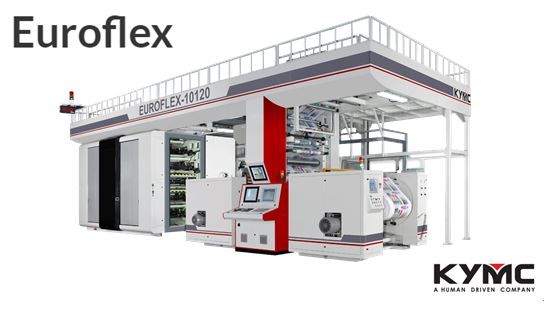There are two types of tools in CNC machinery: tool holders and cutting tools. There are other items related to tool holders, such as collets, set screws, wrenches and other setup tools.
Tools for CNC machinery are manufactured by a variety of brands and come in few different standards.
BT standard for tool holders originated in Japan and is somehow similar to CAT tool holders.
As well as CAT tool holders, it has numerical designations that correspond to the size of the taper: BT-30, BT-35, BT-40, BT-45, and BT-50. The higher the number is, the bigger is the taper.
Like CAT Tooling, BT Tooling comes in a range of sizes designated as BT 30, BT 40, BT 50, etc. and uses the same NMTB body taper as CAT 40. BT tooling is symmetrical about the spindle axis, which CAT tooling is not. This gives BT tooling greater stability and balance at high speeds.
BT Tool Holders will accept both Imperial and metric sized tools. BT Tooling looks very similar and can easily be confused with CAT tooling.
The difference between CAT and BT is the flange style, thickness, and the thread for the pull stud is a different size. BT Tool Holders use Metric thread pull studs (retention knobs).
If to compare BT to CAT tool holders – they look very similar and can be easily confused, however, they has different flange system and its thickness is different too. Also, the retention knobs are different. Therefore BT and CAT tool holders are not interchangeable.
Though both standards use the same NMTB body taper. BT tool holders are symmetrical around the main spinning axis, while CAT tool holders are not. That makes BT tool holders better balanced and more stable at higher speeds.
BT tool holders along with CAT and HSK standards are among the most used in CNC machinery. They will accept both imperial and metric sized tools; however, BT tools come in metric sizes. They are durable and are best choice for very high speed machinery.
BT Tools: Overall Maintenance
To insure proper performance of your toolholders, overall cleanliness of toolholder, collet pocket, collet, and nut must be maintained. It’s important to remember that all these components are manufactured to perform within tolerances of ten-thousandths (.0001”) of an inch.
Any dirt, dust, oil, chips, or other contaminant left on the spindle, taper, flange, collet, collet pocket, or nut can cause poor T.I.R. (runout) leading to premature wear of cutting tool, toolholder, and spindle mouth.
We recommend a regular preventive maintenance program be implemented in your shop to protect your investment in cutting tools, toolholders, and collets, and reduce scrap.
BT Tools and Performance & Productivity
BT tools allow use of ATC (Automatic Tool Change) technology to maximize the speed and productivity of manufacturing.
BT tool holders perform work with high strains and pressures, so be sure to store them safely without any chance for the tool being damaged – as this may cause some misbalance that can be critical at high speeds and precise CNC machinery.
BT Tool Holders: Bottom Line
Depending on your particular machining tool needs, the wide array of BT Holders that are manufactured and sold can help your job to me more efficient.
If you need more information of BT tool holder or CAT tool holder, I recommend you to visit Shin-Yain Industrial Co., Ltd. – they are the professional manufacturer of tool holders. To get more details of these products, please do not hesitate to contact with SYIC.
Article Source: https://toolholderexchange.com/bt-tool-holders-bt30-bt40-bt50/

